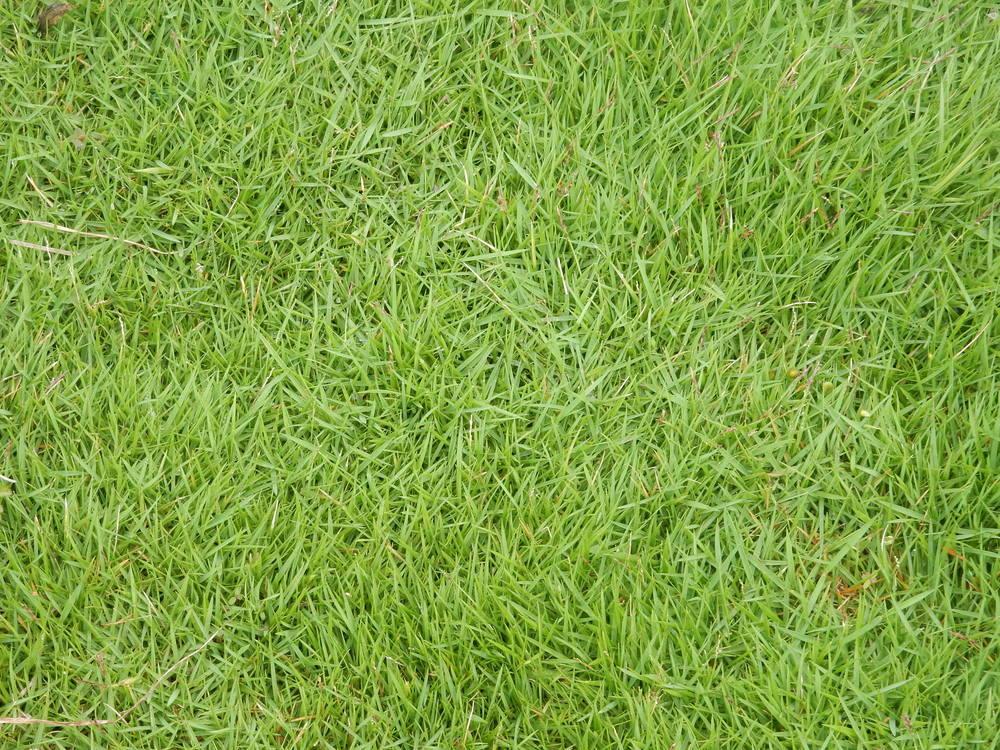Lawn fertilizers consist of nitrogen, phosphate, potassium (also called N-P-K), and other important nutrients. Of these, nitrogen is the most important for healthy green growth. But applying too much nitrogen damages the lawn, causes pollution, and increases the need for mowing.

To avoid lawn damage, apply only 1/2 to 1 pound of nitrogen per 1,000-sq. ft. at a time, making several small applications throughout the growing season. For example, if your lawn needs 2 pounds of nitrogen per 1,000 sq. ft. per year, make four 1/2-pound applications about six to eight weeks apart. If the fertilizer contains a large percentage of water-insoluble nitrogen (sometimes abbreviated W.I.N. on the label), it is safe to apply more than 1 pound of nitrogen in one application. In this case, follow the directions on the label. Here are the steps to follow to fertilize your lawn.
Tools and Materials
Calculate Nitrogen on Bag. The numbers on the bag, such as 25-5-5, refer to the percentages of N-P-K in the fertilizer. To calculate the actual pounds of N-P-K a fertilizer contains, multiply the percentage (number) times the weight of the bag. A 50-pound bag of 25-5-5, for example, contains 12-1/2 pounds of nitrogen (.25 x 50).
Calibrate Spreader. Adjust the setting on your spreader to the number recommended on the fertilizer bag. If the calibration setting is not given, calculate it using the following method: weigh the correct amount of fertilizer needed for 100 sq. ft. Using the spreader, apply the measured amount on a 100 sq. ft., hard, clean surface. Adjust the setting as necessary. Sweep up and return fertilizer to the spreader.
Spread Fertilizer. Spread fertilizer around the perimeter of the lawn or section of lawn first. Then move back and forth in slightly overlapping strips to cover the whole lawn evenly with fertilizer.
Water the Lawn. A day or two before applying the fertilizer, water the lawn thoroughly. Apply fertilizer once the grass is dry, then lightly water again to wash the fertilizer off the grass blades and into the soil.
Tips
Take a soil sample from your lawn to a garden center or testing lab for analysis every three to four years to find out the correct amount of nutrients and other additives, such as lime, sulfur, or gypsum, your lawn needs.
Fertilize during the lawn's most active growth periods: spring and fall in cool climates and early and late summer in warm climates. Avoid fertilizing during very hot weather, when many grass lawns are essentially dormant.